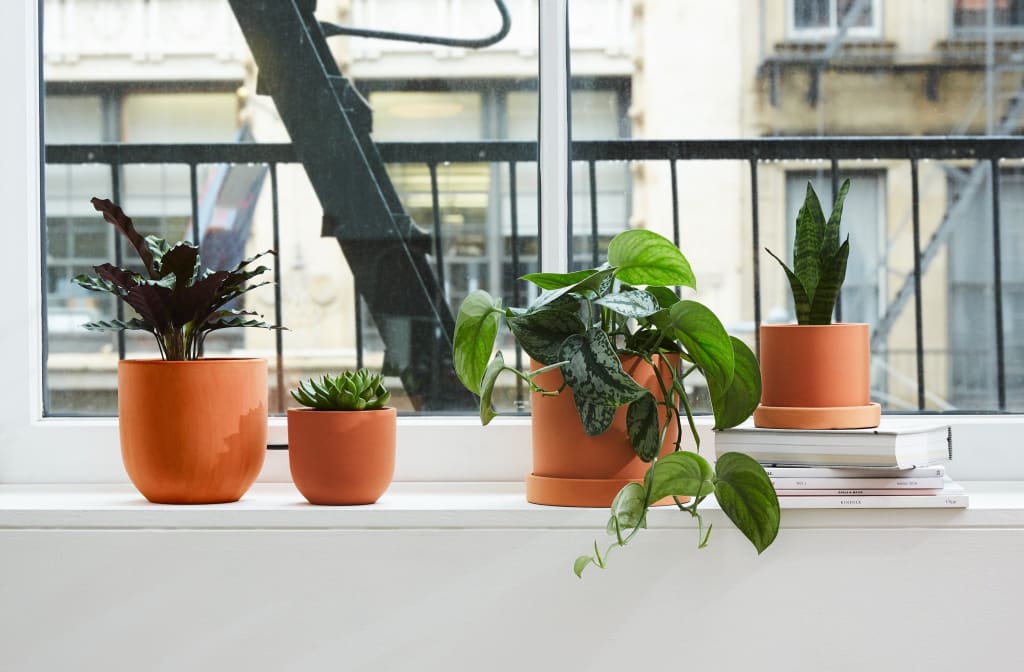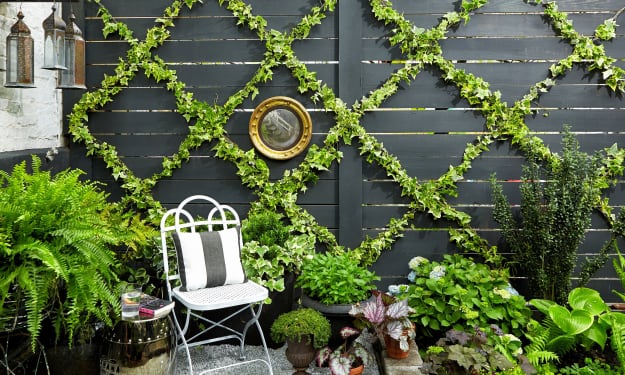Tropical Houseplants_ Care and Maintenance Tips
Tropical Houseplants_ Care and Maintenance Tips

Tropical Houseplants: Care and Maintenance Tips
Tropical houseplants add a touch of lushness and vibrant greenery to indoor spaces, bringing a sense of tranquility and natural beauty to your home. These exotic plants come from regions with warm climates and high humidity, making them popular choices for indoor cultivation in homes and offices worldwide. However, caring for tropical houseplants requires specific attention and knowledge to ensure they thrive and remain healthy in less-than-ideal environments. In this comprehensive guide, we'll explore essential care and maintenance tips to help your tropical houseplants flourish and brighten up your living spaces.
1. Choose the Right Plant
Selecting the appropriate tropical houseplant is the first step in ensuring successful care and maintenance. Consider factors such as your home's lighting conditions, available space, and your level of gardening experience. Popular choices include the Peace Lily, Monstera Deliciosa, Snake Plant, and Bird of Paradise, among many others.
2. Light Requirements
Proper lighting is crucial for the well-being of tropical houseplants. Most of them prefer bright, indirect light, mimicking the conditions of their native habitats under the canopy of taller trees. Place them near east or west-facing windows, where they can receive filtered sunlight, or use sheer curtains to diffuse harsh rays.
3. Temperature and Humidity
Tropical houseplants thrive in warm and humid environments. Aim to keep the temperature between 65°F to 80°F (18°C to 27°C) and maintain humidity levels above 50%. Use a humidifier or pebble tray to increase humidity, especially during the dry winter months when indoor heating reduces moisture in the air.
4. Watering Techniques
Establish a consistent watering schedule for your tropical houseplants. While they appreciate moist soil, they don't tolerate waterlogged conditions. Allow the top inch of the soil to dry before watering again, and use room-temperature water to avoid shocking the plant's roots.
5. Soil and Potting
Use well-draining potting mix specifically formulated for tropical plants. A mix containing peat moss, perlite, and pine bark is ideal for providing aeration and preventing waterlogged soil. Repot your plants every 1–2 years, or when they outgrow their current containers.
6. Fertilizing
Tropical houseplants benefit from regular fertilization during the growing season (spring and summer). Choose a balanced liquid fertilizer with equal amounts of nitrogen, phosphorus, and potassium. Follow the instructions on the fertilizer label and avoid over-fertilization, which can lead to nutrient imbalances and damage the plant.
7. Pruning and Trimming
Trimming and pruning your tropical houseplants are essential for maintaining their shape and encouraging healthy growth. Remove any yellowing or dead leaves, and trim leggy stems to promote bushier growth. Regularly check for pests or diseases while pruning and address any issues promptly.
8. Pests and Diseases
Keep an eye out for common pests like aphids, spider mites, and mealybugs, which can infest tropical houseplants. Inspect the leaves regularly, and if you notice any signs of infestation or disease, isolate the affected plant and treat it with appropriate organic or chemical remedies.
9. Support and Staking
Certain tropical houseplants, like the Monstera Deliciosa, may require support and staking as they grow taller. Use stakes or trellises to help these plants maintain an upright posture and prevent them from bending or breaking.
10. Propagation
Expand your collection of tropical houseplants by propagating them. Common methods include stem cuttings, division, and air layering. Each method requires specific techniques, so do some research on the particular plant you want to propagate.
11. Troubleshooting
Tropical houseplants may show signs of distress due to various reasons, such as overwatering, underwatering, pests, or diseases. Learn to recognize common symptoms like yellowing leaves, wilting, or discoloration, and take appropriate measures to address the underlying issues.
12. Seasonal Care
Be mindful of the changing seasons and adjust your care routine accordingly. During the winter months, when light levels decrease, reduce watering frequency, and avoid fertilizing. In the summer, consider moving your plants outdoors to enjoy the natural sunlight, but ensure they are protected from direct exposure.
Conclusion
Caring for tropical houseplants is a rewarding experience that allows you to bring a piece of the lush tropics into your home. By understanding their specific needs and following the care and maintenance tips provided in this guide, you can create a thriving indoor jungle that adds beauty, freshness, and a sense of tranquility to your living spaces. So, choose your tropical houseplants wisely, provide them with the right environment and care, and enjoy the delightful presence of these exotic beauties in your home for years to come.
About the Creator
Kavya Organic Garden
Passionate about home gardening, plant care, growth, and maintenance. Join me on this exciting journey of organic practices and sustainable gardening! 🌱






Comments
Kavya Organic Garden is not accepting comments at the moment
Want to show your support? Send them a one-off tip.